The process of forming a personnel reserve in modern conditions is a very important procedure, which allows not only to quickly solve the issue of replacing an employee during his absence, but also to properly train a new one, which may be suitable for occupying a qualified position. Let us consider in more detail the process of forming a personnel reserve.
The concept
Under the personnel reserve should be understood a list of people who are able to perform the functions and tasks of specialists in a certain position of a higher rank due to their abilities, knowledge and skills.
To get into the reserve, the employee must have high knowledge and ambitions for the purpose of professional advancement. Such promotion should be understood as occupying managerial positions, which requires the candidate from the reserve to meet certain requirements and characteristics.
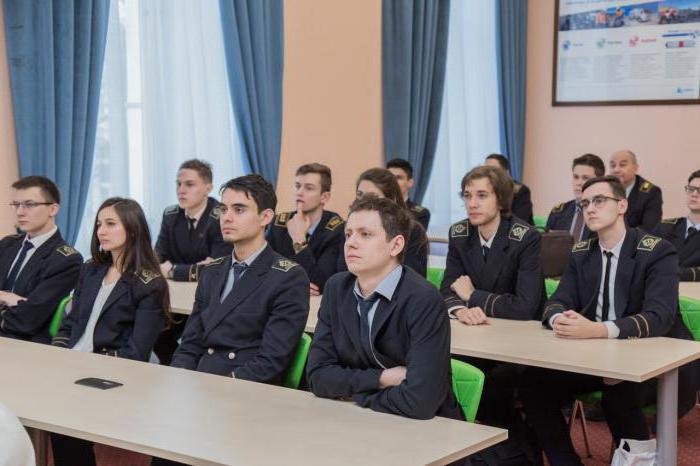
Personnel reserve value
The appointment of a personnel reserve is stated in the legislation at the federal level. So, for example, the Russian government’s decree “On the approval of the federal program“ Training and retraining the reserve of managerial personnel ”says the need to train qualified managers for all areas, especially state bodies, which is associated with the socio-economic changes taking place in the state. After the adoption of this document, some more bills were added that determined and supplemented the process of creating personnel reserves in state structures and bodies. Such orders were developed by many ministries (Ministry of Internal Affairs, Ministry of Agriculture, Ministry of Transport, Roskomnadzor, etc.)
The value of the personnel reserve is also ambiguous for specific organizations that intend to work for a long time and have growth prospects, take care of reducing personnel risks, especially in managerial positions.
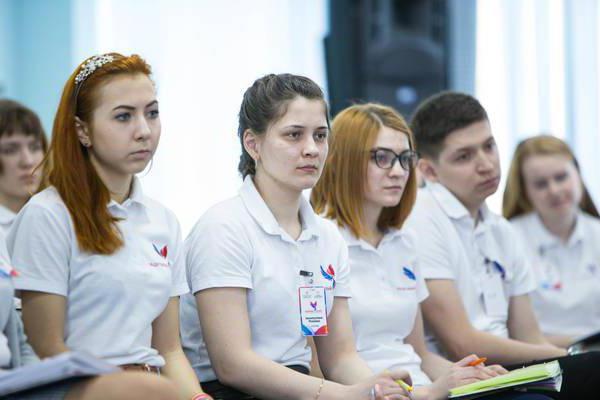
Personnel reserve objectives
The objectives of creating a reserve are as follows:
- prompt solution of problems associated with the departure of key managers;
- significant savings in financial and time costs for the search, selection and training of personnel;
- professional growth of employees;
- increasing employee loyalty and motivation to work (including the lack of fear among the “reservists” of the difficulty of fulfilling their upcoming duties and suddenly assigned tasks);
- the formation of employees understanding of their own value for the employer;
- training specialists for future changes to the organization;
- the ability to “polish” your personnel, which will meet the requirements of your organization;
- reduction in staff turnover;
- retention of promising personnel in the company.
The process of forming a personnel reserve is rather complicated. It requires the involvement of not only the head of the company and the personnel service, but also other specialists (lawyers, psychologists, the trade union, etc.). In this connection, the issues of the personnel reserve are resolved, as a rule, collectively with the help of a special body (or commission).
Main tasks
The formation of a personnel reserve is aimed at solving the following problems:
- identification of existing potential among workers;
- the possibility of occupying open vacancies;
- continuity of the production process and its effectiveness.

Key Documents
The composition of such a provision on the formation of a personnel reserve should include the following sections:
- goals and objectives of the personnel reserve;
- principles of creation;
- a list of posts for which the personnel reserve is formed;
- formation order;
- selection criteria for candidates;
- training program;
- criteria for deduction from the reserve;
- reserve work efficiency analysis.
This provision may also contain information on samples of documents that must be issued in the process of working with the reserve.

Types of personnel reserve
Candidates must fully comply with the requirements for the position for which they are put in reserve. However, this includes those who have high potential for further professional advancement, but who have less experience or are insufficiently prepared. As a rule, 2 candidates are selected for each position.
By type of activity, a development reserve and a functioning reserve are allocated. In other words, the reservist can make a choice between two career directions - professional and managerial.
At the time of appointment, a group of candidates currently being nominated for a higher position and a group of candidates for the next one to three years are formed in the personnel reserve.
Personnel reserve can be internal and external. Creating an internal one is a more studied process requiring less financial expenses. Such a reserve is more often used in practice.
External reserve involves the involvement of candidates from outside.
Principles
The company’s personnel reserve management is based on certain principles. Consider the basic principles of the formation of personnel reserve:
- the principle of relevance - means that the need to fill a position should be valid today;
- compliance principle - means that the candidate must meet the requirements for the position;
- the principle of prospectivity of the candidate.

How is formed
The current system of formation of the personnel reserve is a painstaking work to identify promising employees (or their recruitment) as the most suitable and meeting the requirements of leadership positions.
The system has certain rules. The order of formation is as follows:
- form a body that deals with these issues;
- develop internal regulations, that is, a document in which it is necessary to reflect all the procedures for creating a reserve;
- create mechanisms for implementing the developed rules.
The correct creation of such a system is the key to the success of optimizing the number of employees in a company.

Phased formation scheme
Consider the stages of formation of the personnel reserve, which suggest a certain sequence of stages:
- analysis of the current situation:
- assessment of the need for new managers or specialists for the next 1-3 years;
- compiling a list of posts of the new reserve;
- determining the availability of existing specialists to replace;
- specification of the list of specialists;
- analysis of the effect of the reserve that was created earlier.
The selection of the necessary candidates for inclusion in the reserve takes place in the following stages:
- analysis of data from questionnaires by employees;
- conducting an interview;
- monitoring employee behavior in their relationships with other colleagues;
- assessment of performance indicators that characterize his labor activity, as well as the results of his specific tasks;
- certification of an employee;
- identification of compliance of the identified qualities with the requirements of the position;
- comparison of results for different candidates;
- compiling a list of the new reserve with a list of candidates for the position.
This list has its own characteristics:
- one person at a time can appear in several sections: for the near and distant future, as well as for different options for positions;
- collecting the maximum amount of information about the candidate, for example, personal data, certification results, potential assessment, reviews of colleagues, etc.
- making recommendations on the continuing education program.
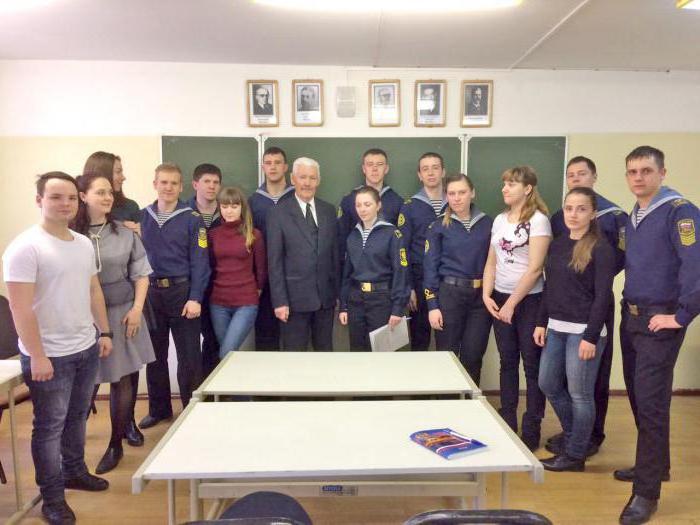
The list thus obtained is approved by the head of the organization.
Further work is structured as follows:
- reviewing the roster of candidates from time to time;
- replenishment of the list if necessary;
- exclusion from the list of employees who have ceased to satisfy the requirements;
- adjustment of staff development programs;
- analysis of the effectiveness of the use of the registry, forecasting and changes.

Personnel Assessment Process
The main types of personnel assessment:
- systematic, which is carried out by clearly defining all the signs of evaluation (process, frequency, criteria, measurement methods);
- unsystematic.
The main assessment procedures are as follows:
- preparation of the assessment - involves the collection of preliminary information;
- directly assessing the employee by creating expert groups that evaluate the level of knowledge, skills, abilities and results of the employee’s labor;
- stage of the assessment, including a meeting of the commission in the following order: invitation of the employee and his leader, consideration of materials, listening to interlocutors, discussion of the results, formation of a conclusion, drawing up a protocol;
- decision-making stage, after which a conclusion is formed taking into account the conclusions and proposals of the commission; at the same stage, recommendations are made about the need to promote an employee to a higher position.
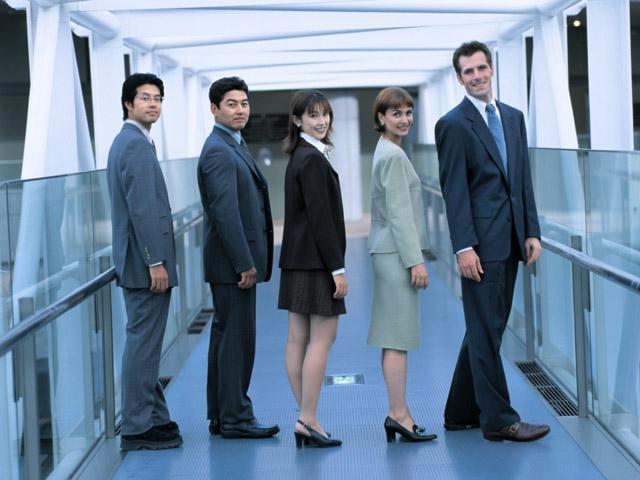
How is the competition held
Separately, we should talk about holding a competition in the personnel reserve. The procedure for this procedure is also clearly regulated by the internal documents of the company. To carry out such a procedure, special tender commissions are formed in the organization:
- to conduct a competition for filling a vacant position;
- to hold a reserve formation contest.
The tender procedure can only be started if there are at least two candidates for the personnel reserve. Otherwise, the competition is considered failed.
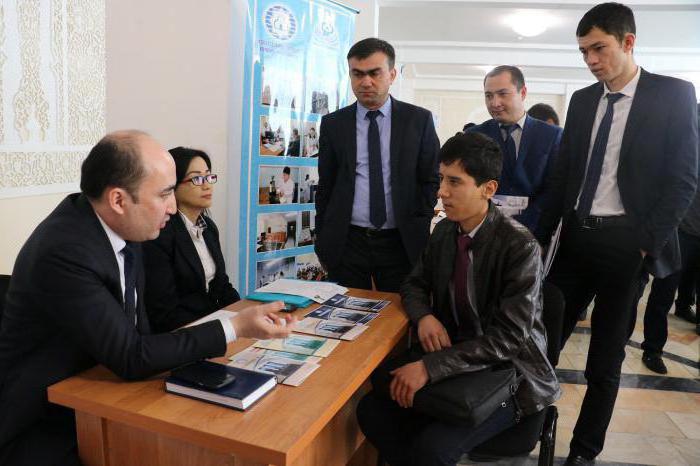
The main stages of the competition:
- filing a memo by the head of the unit to the chairman of the tender committee;
- preparation of all necessary documents for the competition;
- 20 days before the competition an announcement is published about it;
- documents are being received from applicants;
- the minutes of the meeting of the competitive commission are drawn up;
- conducting a competitive test by testing participants, as well as issuing a competitive assignment;
- assessment of applicants in the competition;
- a contestant is selected;
- all necessary documents are drawn up for its adoption.
Features of the state civil service
In order to facilitate the development of the civil service system, as well as to improve the procedure for the formation and efficient use of the reserve of managerial personnel, a Commission is formed under the President of the Russian Federation on public service and reserve personnel
The planning and formation of the personnel reserve of the state civil service usually takes from one to three years. The time spent in the personnel reserve of individual specialists is also an average of three years, but with long-term plans for the organization, it can reach five years.
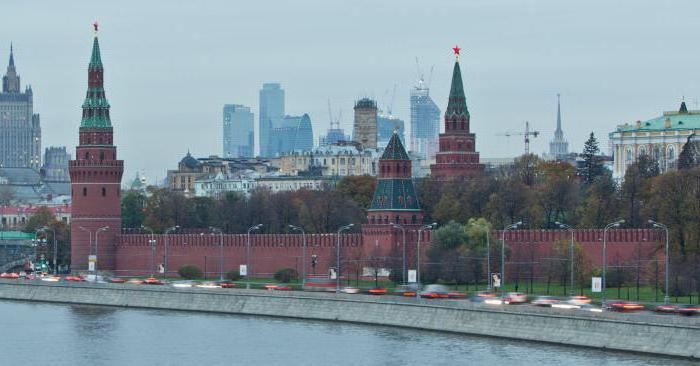
Regardless of the timing of the implementation of the “reserve” project and the financial capabilities of the organization, work with the personnel reserve must be conducted among interested parties in an open form (information must be available to employees), this environment must be competitive (several candidates must be selected for a leadership position).
The results of professional activity are a very important selection criterion, because it can not only judge the effectiveness of the candidate, but also evaluate the benefits of enrolling him in the reserve. Such intangible encouragement of a specialist as inclusion in the personnel reserve will serve as a good example for other employees and motivates them to high labor results.
This set of requirements is not exhaustive and can be formed depending on the needs of the organization at present and in the future, on the level of staff turnover, as well as on social, age and other characteristics of the staff. It is important to understand that over-tightening selection can discriminate against employees.
To manage the personnel reserve, special internal regulatory and local acts are usually issued. For example, a provision on the formation of a personnel reserve or a provision on working with a personnel reserve. At an early stage of the implementation of this project, a similar document is intended to consolidate:
- reserve formation procedure;
- tasks that are solved by creating a reserve;
- duties and responsibilities of reserve formation officials;
- order and system of work;
- replenishment of the reserve and changes in its composition;
- reporting system on personnel work and the procedure for maintaining this reporting.
Such a document will emphasize the importance of work, the seriousness of management’s intentions, and attentive attitude towards employees.
Along with the regulation on the formation of the personnel reserve, a list of posts of the personnel reserve of the state civil service is compiled, which, among other things, determines the number of candidates for the reserve position. In most organizations, there are programs for the development of personnel reserves, retention of personnel, as well as reserve lists in case of vacancy filling. It should be remembered that employees enlisted in the personnel reserve must not only be aware of this, but also clearly present their prospects and requirements that will be presented to them in the event of a real promotion.
The training of “reservists” can take the form of advanced training, obtaining a second higher education, taking courses or internships. A good addition is experience exchange meetings, where employees will share their knowledge and impressions.
At the same time, it is necessary to pay attention to the fact that waiting for returns from reserved and trained specialists for a certain position is pointless if work with the personnel reserve is not related to the organization’s strategy, is not supported by the entire corporate culture, if intermediate testing and staff turnover analysis are not carried out among employees low loyalty, lack of willingness to learn. But if everything is different - the personnel reserve will certainly become a good motivating factor for both employees and the organization itself.
In accordance with the current legislation, a permanent work with a reserve is provided, the purpose of which is to prepare a worthy shift for leading employees and ensure continuity of generations. Forms and methods of working with the reserve are determined by the head of the organization or its structural unit and the requirements of the position.
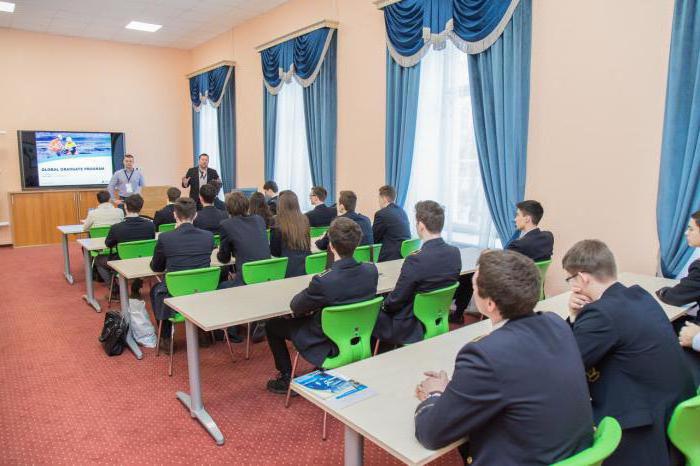
Conclusion
Thus, the creation of a personnel reserve in the company has the goal of updating the existing management team and specialists at the expense of both our own and attracted employees. Entering this reserve requires the candidate to have special qualities, knowledge, experience, skills, and also presupposes the possibility of his training and further training to the required level. The list of posts and requirements for them in the organization are determined individually within it.